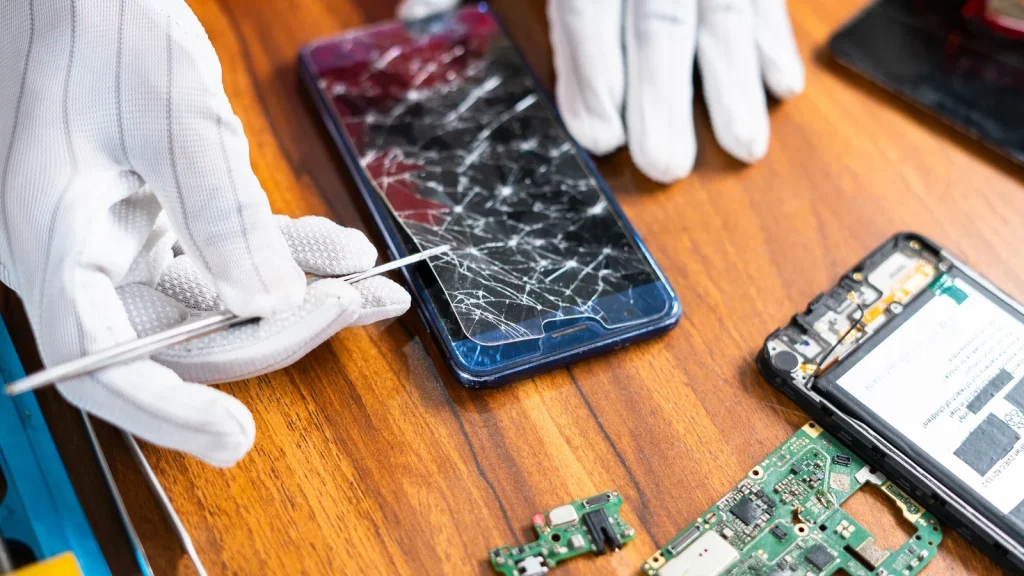In an age where technology evolves at breakneck speed, the concept of repairing and refurbishing mobile phones is gaining significant traction. With the annual release of new models by major manufacturers like Apple and Samsung, consumers are often tempted to discard their old devices in favor of the latest offerings. However, a counter-movement is emerging, driven by environmental concerns, economic factors, and the simple realization that older phones still hold substantial value. This shift towards repair and refurbishment not only extends the life of mobile devices but also has far-reaching implications for the economy and the environment. One of the primary motivations behind this trend is the mounting awareness of electronic waste and its detrimental impact on the planet. Mobile phones, composed of various metals and plastics, contribute significantly to the e-waste problem. According to the United Nations, approximately 50 million metric tons of e-waste is generated globally each year, with only about 20% being properly recycled. By opting to repair and refurbish rather than replace, consumers can play a pivotal role in reducing this waste.

Refurbished phones, when handled correctly, can be as functional and reliable as new ones, thereby diminishing the need for constant production of new devices and the subsequent environmental strain. Economically, the repair and refurbishment industry presents a viable and often cost-effective alternative for consumers. The price of new smartphones continues to climb, with flagship models regularly exceeding 1,000. In contrast, refurbished phones typically sell for a fraction of the cost. This affordability opens up the market to a broader range of consumers, including those in lower-income brackets who might otherwise be priced out of the smartphone market. Moreover, the repair industry creates jobs and supports small businesses, fostering economic growth at the local level. Technicians, many of whom operate independently or through small enterprises, benefit from the steady demand for repair services. Technological advancements have also facilitated the rise of the refurbishment market.
Enhanced diagnostic tools, readily available spare parts, and comprehensive online tutorials have made it easier for both professionals and hobbyists to undertake phone repairs. Companies specializing in refurbishing phones have streamlined processes to ensure high standards of quality and reliability. These firms often provide warranties and certifications, giving consumer’s confidence in their purchases. Additionally, the resale market for refurbished phones has grown, supported by platforms like eBay and Amazon, where buyers can easily find certified refurbished devices. Consumer attitudes are evolving as well, with a growing acceptance and even preference for refurbished goods. Many people recognize that a phone a few years old can still meet their needs perfectly well, especially as the rate of groundbreaking innovation in new models slows. This pragmatic approach is further supported by increasing transparency in the repair and refurbish mobile phones, where buyers can access detailed histories and condition reports of used devices.





